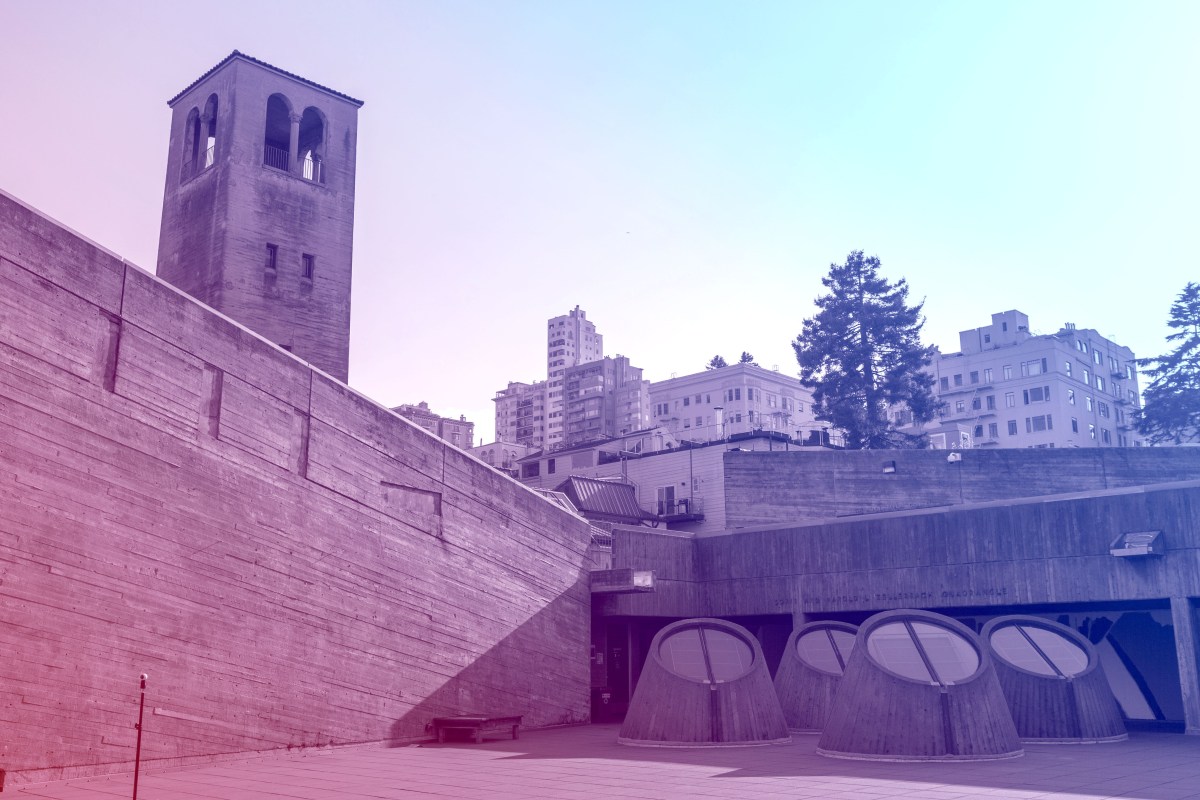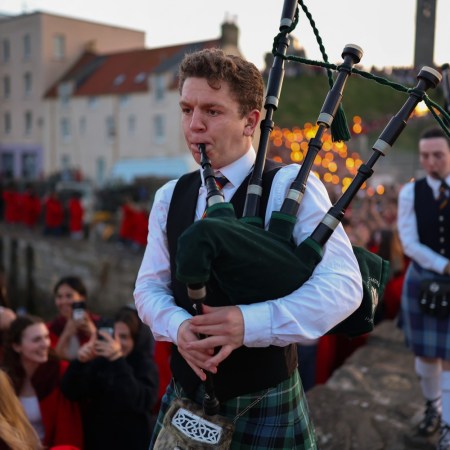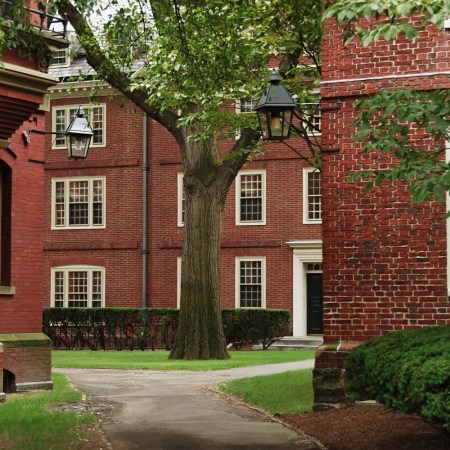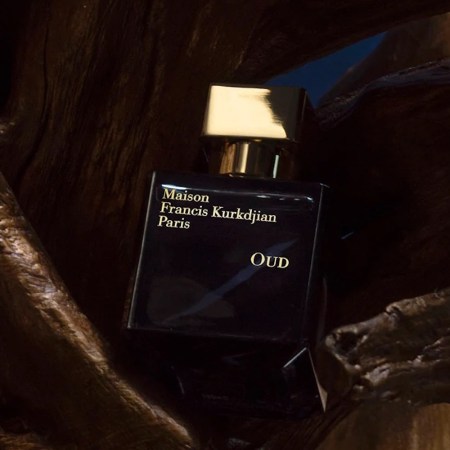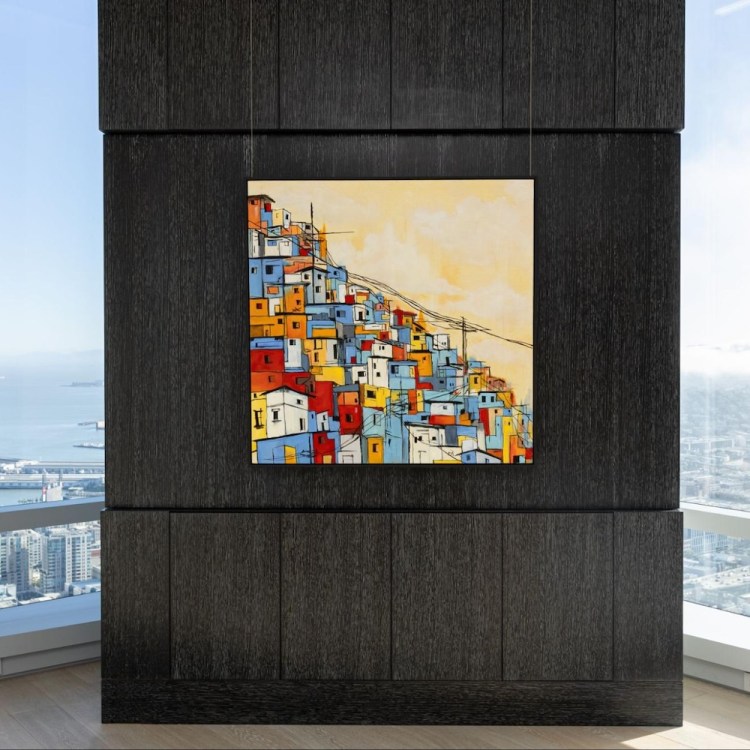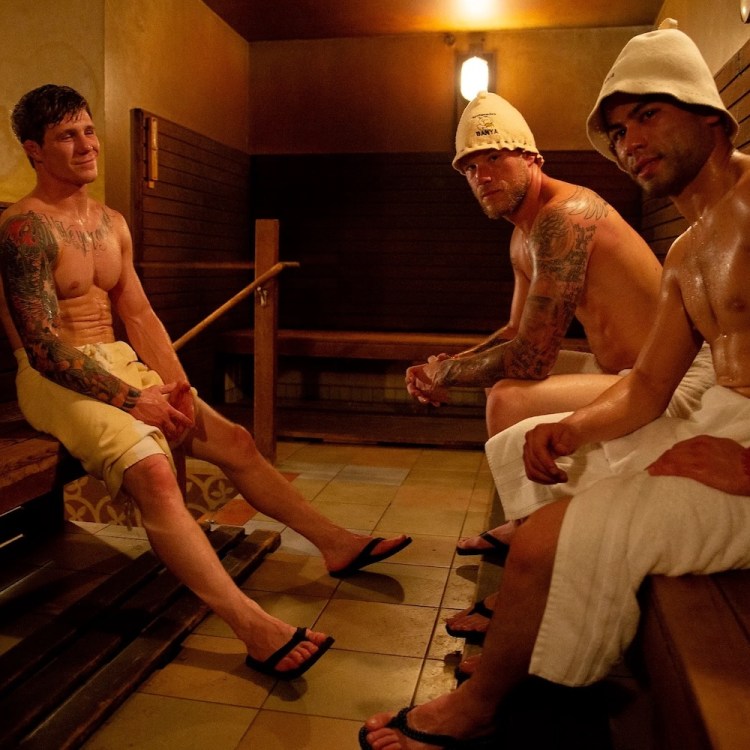I was 30 before I sat in a classroom with a naked person. Ten years older (minimum) than most of my classmates in New Genres I at the San Francisco Art Institute — aka Conceptual Art 101, aka “initially founded as a major in performance art and video [that] expanded to also encompass site specificity, social practices, and other trans-disciplinary media and approaches” — I mostly kept my clothes on. I did, once, forget to do my homework and conducted an impromptu “performance” in which I gave $20 to the first person who could make my nipples hard (“without anyone touching anything” seemed to be a normal and necessary clause). It lasted 10 minutes, until I gave up and handed the cash to my nearest non-threatening classmate.
I know there was a girl who built a clear acrylic box, dressed up like a cat, positioned herself within that box, and lapped milk from a bowl. I know there was a guy who videotaped himself digging a hole in the ground, placing the camera in the hole, and then filling the hole with dirt. (I am pretty sure we watched that black screen until the DVC tape ran out.)
The San Francisco Art Institute is, or was, the city’s oldest and best fine arts academy, a distinction bestowed upon it by no less an authority than the New York Times, unfortunately in its obituary. After years of financial near-ruin, ruin has come to claim it. In late March, SFAI president Gordon Knox announced that he would not welcome new students in the fall. The 149-year-old institution — alma mater to Karen Finley, Kehinde Wiley, Catherine Opie, Barry McGee, Annie Leibovitz, Paul McCarthy, Jerry Garcia and Kathryn Bigelow, the only woman to win a best directing Oscar; home to a photography department founded by Ansel Adams and taught in occasionally by Dorothea Lange — had finally fucked up beyond repair.
None of that seemed on the horizon when I applied to a bachelor’s degree program at SFAI, eight years after I’d graduated from Columbia University, green cords on my light-blue gown signifying an honor I can no longer remember. I’d just spent three years working at a design magazine, writing about contemporary art. Surely I could … also make it?
My first project in NGI — I had other classes, none of them mattered — consisted of a baby mobile constructed of fishing hooks and tampons. (Can you imagine? Can you imagine such a thing?) I could not explain it: why I was in San Francisco, why I was at art school, why I had gone to the Orvis a couple blocks north of Union Square to buy not just any fishing hooks but premium fishing hooks, ever the grade-minded Ivy Leaguer. “I think it’s about abortion,” one girl said. Who knows? Maybe it was.
I had an idea for what I wanted to do, and it was called site-specific audio narrative installation. (If you Google this exact phrase, there will be no results.) Imagine you’re walking down Mission Street (site-specific), but also listening (audio) to a story (narrative) about things that happened on that street (installation). (Yes, or sorry, I invented podcasts.)
Duck your head into any visual or conceptually minded art program, though, and “narrative” is one point on the same spectrum as “Trump donor.” It is establishment, comfort, Agatha Christie books. Plenty of renowned artists work with text — Jenny Holzer and Barbara Kruger, to name only two of the most obvious — but text is not narrative, and that sticky space between Chris Burden (whose works, per Wikipedia, include “‘Match Piece’ … in which Burden launched lit matches at a naked woman lying between him and a set of two televisions in a room covered with butcher paper”) and authors whose books you buy at Hudson News is a no man’s land. Maybe it’s Dave Eggers and his blueprint stories from the early days of McSweeney’s, maybe it’s Norman Rockwell, maybe it’s Berke Breathed, maybe it’s Sleep No More, the (site-specific!) performance of Shakespeare’s MacBeth in a Manhattan hotel.
Narrative was a non-starter at SFAI — to the extent that when my printmaking professor reviewed my grad-school applications, she carefully removed each iteration of “story,” “storytelling” and “narrative” — and so I floated from one class to another, like a frog without a lilypad. I wasn’t sure what I was doing when I started at SFAI, and I was less sure when I left two years later, hoping to ping-pong myself directly into a graduate-level “communication design” program. Spoiler: I’m now writing historical fiction, a distinctively narrative-based genre. Ask me anything about the Georgian uprising against the Nazis on the Dutch island of Texel in May 1945, which extended fighting there for two weeks beyond the general German surrender; we all go back to who we were.
But. But. In between, I got to experience two years of creative anarchy, or as close as I would ever come to the thing. Before I left SFAI, I wrote a story about a serial killer stalking a woman along the section of the Coastal Trail as it turns inland, toward the Golden Gate Bridge. It was spooky and odd and possibly slightly too influenced by an Amy Hempel story I’d read a year earlier, but it was something, and it was meant to be listened to while walking that path, and so it set a marker at the farthest reaches of my creative ambitions, at least as they were at the time — which is, of course, the first step in better understanding the territory that surrounds us, something incumbent upon all artists and writers and citizens in general. It is the best thing a school can encourage a student to do: to push as far as possible, without fear of failure. (Possibly not the M.O. at Columbia.) Those two expensive, fraught, tear-soaked years were worth it.
The kindest teacher I had at SFAI was a man named Martin Schmidt, already quite well known as one half of the electronic music group Matmos. He didn’t seem to think being nice was incompatible with being good at art. “The thing about doing something weird” — in my case, stories that weren’t just stories, art that definitely wasn’t even mostly art — “is that until you get it right, everyone’s going to ignore it. But once you get it right, everyone’s going to act like they were there all along.”
“Tragic” is too often used as a synonym for the merely sad. SFAI’s closure is tragic, for its students past and present, for its staff and faculty, and for all the future ideas that would have come into shape in its classrooms. I am thankful for my two years there; if I had understood that this was a thing that could happen — if I’d understood that schools that change the world can die — I would never have left. But they can, apparently, so the only thing to do is to hold tight to what it gave you.
I can still remember that conversation with Martin, in one of the Video rooms toward the end of the school year. I already knew I wouldn’t be back in the fall, and so that conversation was soaked in portent and the warm May sunshine of academic leave-taking. Now, when I’m stuck, or hopeless, and ready to give up, I think of that conversation and try again; I stick another tampon on the ol’ fish hook. And I wait, and work, for that day when I get it right, and everyone acts like they were there all along.
This article was featured in the InsideHook SF newsletter. Sign up now for more from the Bay Area.
